Bizarre reason why animals do not cross this mysterious line on the planet

The Wallace Line shows a marked difference in the evolutionary origins of the animals on each side of it. Kit Roberts Scientists have come up with a theory for why the animals on each side of a 'line' are so different from one another. There are plenty of boundaries in nature that might not be visible, but can still have a huge impact on the wildlife in the area. For example, in waters off the Cape of Good Hope off Africa's southern tip, the Atlantic and Indian Oceans meet.
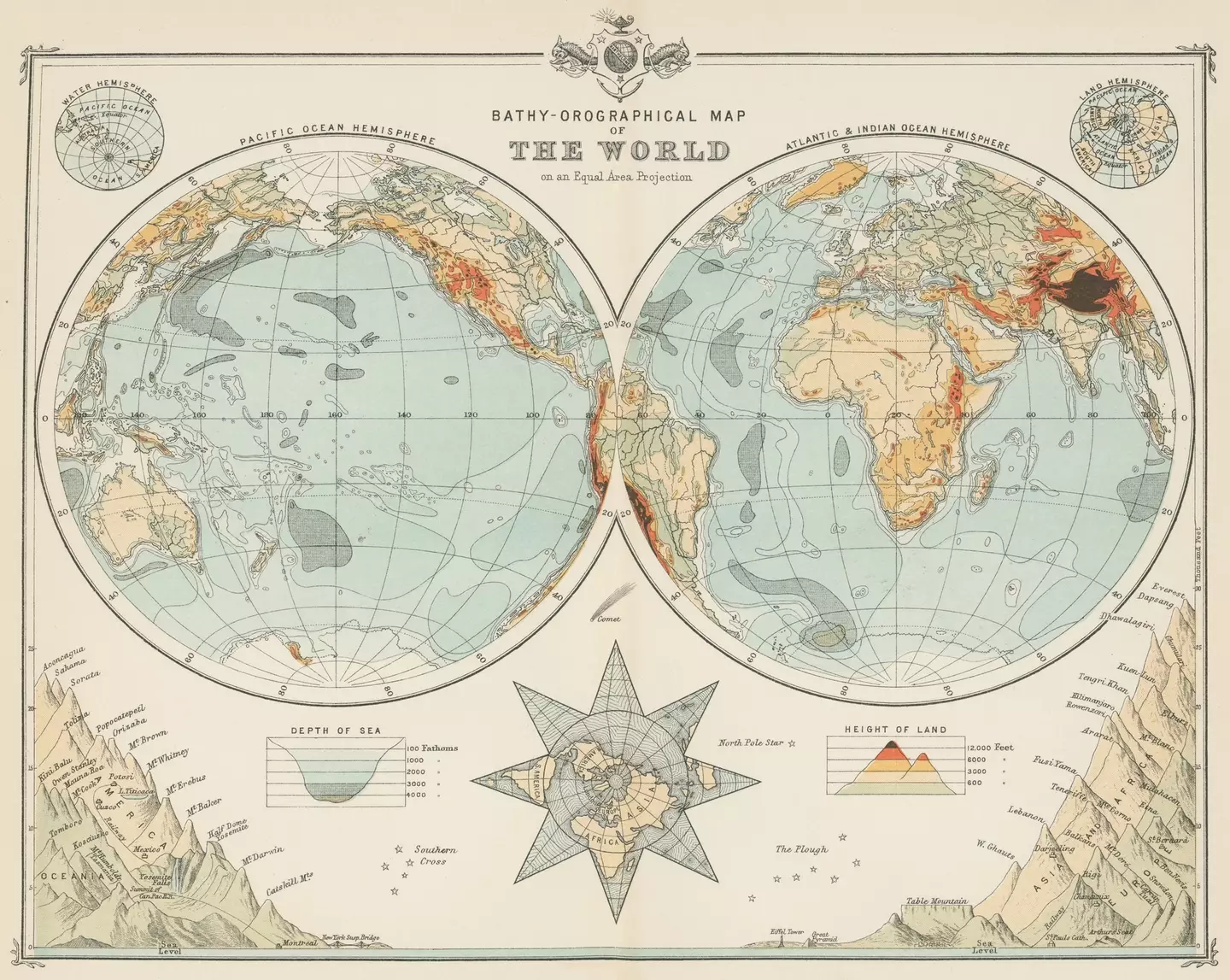
In waters off the Cape of Good Hope off Africa's southern tip, the Atlantic and Indian Oceans meet (Getty Stock Image)
Police officer fatally shoots family dog.
This creates a distinct enough boundary underwater that some animals do not cross between the two, while others do. .
Police officer fatally shoots family dog.
This creates a distinct enough boundary underwater that some animals do not cross between the two, while others do. .
Islands are also fascinating for biologists as species evolve in relative isolation, which is why Charles Darwin was able to observe such different characteristics in animals from different parts of the Galapagos.
But this particular 'boundary' was observed by Darwin's contemporary Alfred Russel Wallace while he was traveling in the Malay Archipelago.
This is a chain of over 25,000 islands including modern day countries Indonesia, the Philippines, Malaysia, Singapore, and Papua New Guinea.
So why is it so interesting?
It's because Wallace observed that the creatures on each side of the 'Wallace Line' showed a lot of differences.
One side of the line is closer to Asia, while the other is closer to Australasia , a part of the world known for its unique wildlife.
And on the side of the Wallace Line which is closer to Australasia there are many animals like those found in Australasia, as well as those found in Asia.
But on the Asian side of the line there are only animals like those found in Asia.

One side has creatures from Australia, like the country's native kangaroos (Raimund Linke / Getty)
Wallace concluded that this meant Asian animals were able to cross over this biogeographical boundary, while Australasian ones were not.
On the Australasian side you will find things like marsupials - such as the native kangaroo - and monotremes, the group which includes echidnas and platypuses.
Meanwhile on the Asian side there are no marsupials but there elephants, rhinos, monkeys and apes.
One explanation for the distinction between the two sides is the effect of differing climates from geological events a long time ago.
Wallace concluded that this meant Asian animals were able to cross over this biogeographical boundary, while Australasian ones were not.
On the Australasian side you will find things like marsupials - such as the native kangaroo - and monotremes, the group which includes echidnas and platypuses.
Meanwhile on the Asian side there are no marsupials but there elephants, rhinos, monkeys and apes.
One explanation for the distinction between the two sides is the effect of differing climates from geological events a long time ago.
There are different animals on the Asian side of the line, such as elephants and rhinos (skaman306 / Getty)
Study lead author Alex Skeels said in a statement: "When Australia drifted away from Antarctica, it opened up this area of deep ocean.
The surrounding Antarctica. This is now where the Antarctic Circumpol (ACC) is. it made the climate much cooler. "
The extreme climate change impacted the species on each side of the line in different ways, leading to the distinction we see today.Featured Image Credit: Instagram / @ geoglobe_tales
Topics: News , World News , Animals , Science
Humans are the only animals on Earth with chins and scientists are baffled at the reason why

No other animal on Earth actually has a chin, I'm serious Joe Harker Humans are the only animals on Earth that have chins , and that is apparently true despite it sounding entirely insane when you think about it the chin isn't entirely what you might have thought as lots of animals . the mandible, but that doesn't mean they have a chin. The chin is only present on a human mandible and it refers to a little bit of bone jutting out of the front which we 're ve yet discovered has got one of those little jutting nubs of bone on their jaw, so they do not get entry to the chin club. The animals in this world that come closest to having a 'true chin' are the elephant and the manatee, but even they do not measure up. Then again, as the apex predator of this planet and the only species (that we know of) to have invented the scientific study we get the privilege of deciding what counts as a chin and what does not. Getty Stock Photo

As for why we even have chins, there are a number of theories and Dr James D Pampush has run through a few in conversation with NPR .
One such theory is that talking stresses our jaw muscles and potentially cause cracks in the jawbone, so we have chins to take the strain, but the Doc does not think this is why we have them.

Study lead author Alex Skeels said in a statement: "When Australia drifted away from Antarctica, it opened up this area of deep ocean.
The surrounding Antarctica. This is now where the Antarctic Circumpol (ACC) is. it made the climate much cooler. "
The extreme climate change impacted the species on each side of the line in different ways, leading to the distinction we see today.Featured Image Credit: Instagram / @ geoglobe_tales
Topics: News , World News , Animals , Science
Humans are the only animals on Earth with chins and scientists are baffled at the reason why

No other animal on Earth actually has a chin, I'm serious Joe Harker Humans are the only animals on Earth that have chins , and that is apparently true despite it sounding entirely insane when you think about it the chin isn't entirely what you might have thought as lots of animals . the mandible, but that doesn't mean they have a chin. The chin is only present on a human mandible and it refers to a little bit of bone jutting out of the front which we 're ve yet discovered has got one of those little jutting nubs of bone on their jaw, so they do not get entry to the chin club. The animals in this world that come closest to having a 'true chin' are the elephant and the manatee, but even they do not measure up. Then again, as the apex predator of this planet and the only species (that we know of) to have invented the scientific study we get the privilege of deciding what counts as a chin and what does not. Getty Stock Photo

As for why we even have chins, there are a number of theories and Dr James D Pampush has run through a few in conversation with NPR .
One such theory is that talking stresses our jaw muscles and potentially cause cracks in the jawbone, so we have chins to take the strain, but the Doc does not think this is why we have them.

He also discussed the idea that humans might have chins as a means of enticing potential sexual partners, but he also was not convinced about that as an explanation.
Then there's the suggestion that our chins are there as natural armor to block being hit in the throat, but if that was the case then they'd be doing a lousy job at defending our necks.
Ultimately the best answer we've got at the moment as to why we have chins is' we don't know, we just do'.Featured Image Credit: Getty Stock Images
Topics: Science , Animals
Then there's the suggestion that our chins are there as natural armor to block being hit in the throat, but if that was the case then they'd be doing a lousy job at defending our necks.
Ultimately the best answer we've got at the moment as to why we have chins is' we don't know, we just do'.Featured Image Credit: Getty Stock Images
Topics: Science , Animals
Scientists have finally decrypted the mysterious signals sent to Earth for two decades from 'hell planet'
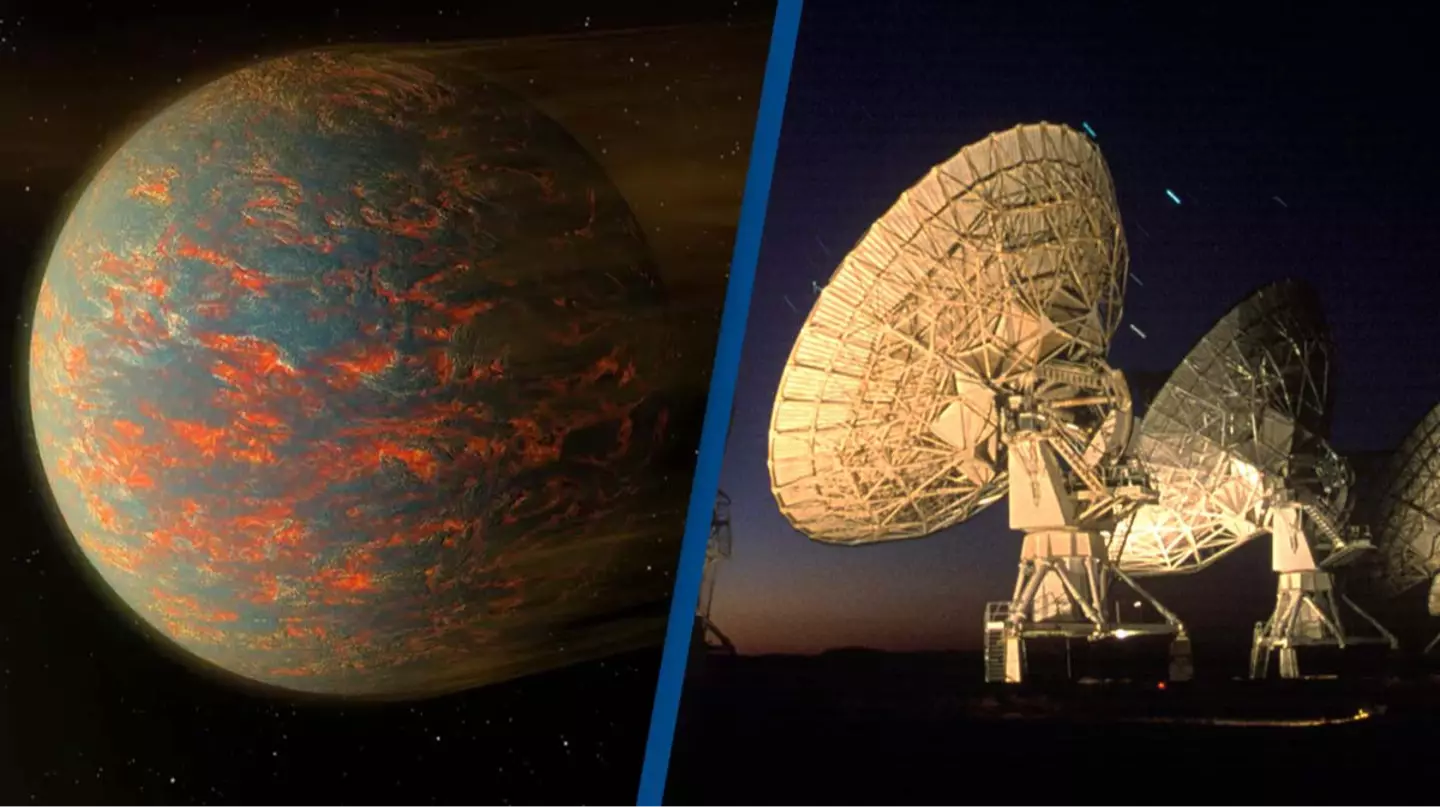
The hellish planet could be continuously creating and shedding its atmospheres Kit Roberts Scientists have figured out a possible explanation for why a hellish planet emits a mysterious signal. The planet , which has the catchy name of 55 Cancri e, is so close to its star that it completes an entire orbit in just 17 hours. Visualization of 'Bermuda Triangle of space' Credit: ESA 0 seconds of 28 secondsVolume 90% Not only that, but some analysis suggests that the planet itself could be made out of diamond. It's named after the star that it orbits, 55 Cancri, and was discovered in 2004. In space terms, it's not too far away either, being about 40 light years away, and has been christened a 'super earth'. Nikku Madhusudhan of Yale University said of the planet: "This is our first glimpse of a rocky world with a fundamentally different chemistry from Earth . " The surface of this planet is likely covered in graphite and diamond rather than water and granite. " Indeed, it's possible as a third of the planet's mass is made up of solid diamond. Nicholas Forder / Future Publishing via Getty Images But one interesting thing about 55 Cancri e. Of diamonds, is the mysterious signal that it has been emitting for decades. and which scientists have been unable to find an explanation for. It is seem, until now . planet's extremely close orbit. leaving the planet once again ' bald ' . , but there is a way for scientists to put it to the test and see if it is indeed regrowing and shedding its atmosphere . permanent atmosphere, or if it was continuously shedding and regrowing it.

That process would also explain why the planet was sending out a continuous signal, which scientists have so far not been able to explain.
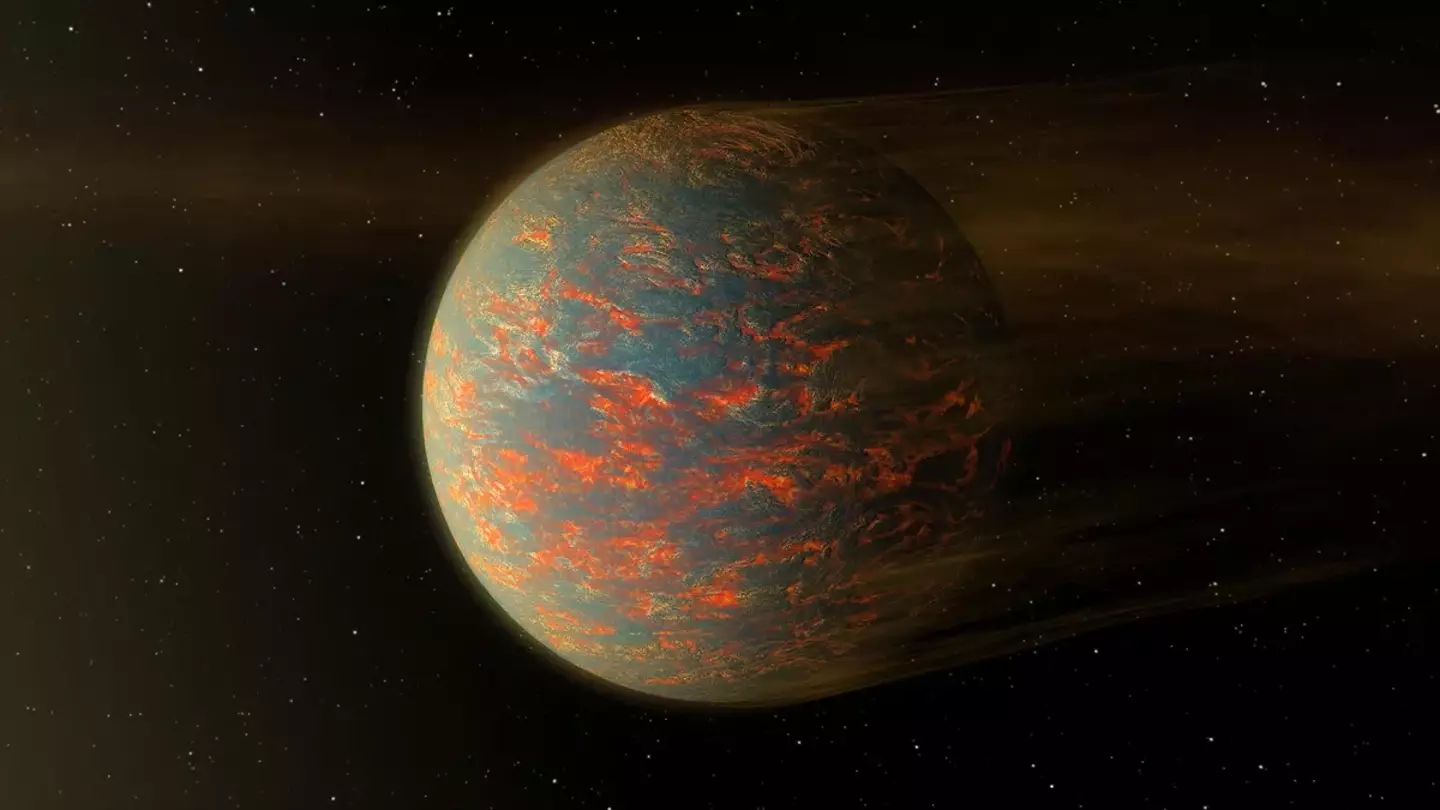
When the planet is 'bald', not visible light comes from it either, whereas when it has more atmosphere visible light and other signals start to once again be detected.
Diamonds might be forever, but the atmosphere of this planet certainly isn't.Featured Image Credit: NASA / JPL-Caltech / Joe McNally / Getty Images
Topics: News , World News , Science
Scientists have a terrifying 'hunting' theory for why orcas are attacking boats
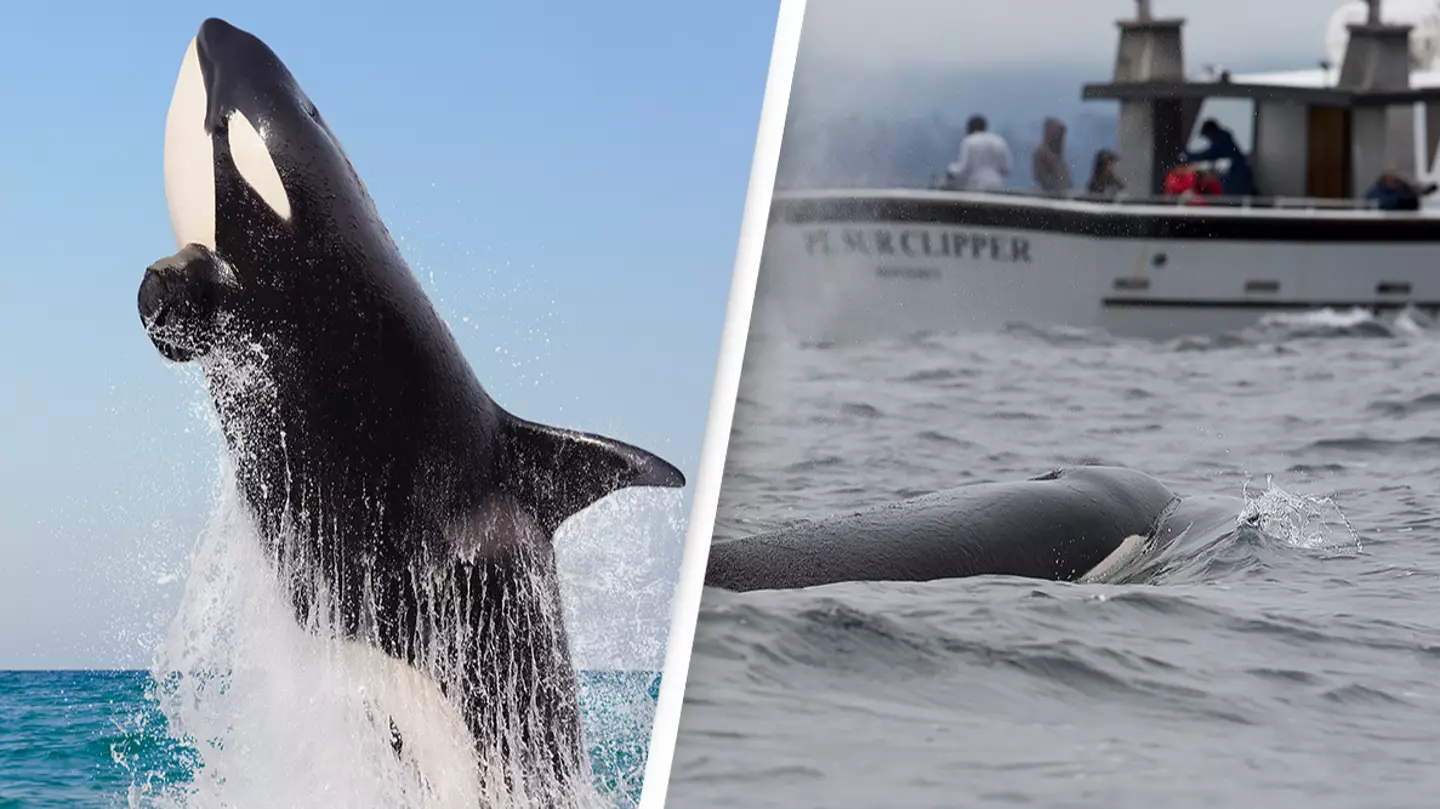
Another boat has been attacked by a pod of orcas in Spain Lucy Devine Scientists have a terrifying theory about why pods of orcas have been attacking boats. According to The New York Times, a pod of orcas 'rammed' a sailboat off Spain's northwest coast earlier this week. It's one of over 600 reports made of orcas interacting with boats over the last four years. Another sailboat has been attacked by orcas (Getty Stock Image) The sailboat, named the Amidala, was damaged in the attack, which left the two crew members stranded in the water. After the terrifying incident, the team managed to send a distress call to the Finisterre Maritime Rescue Center and the sailboat - which managed to stay afloat in the attack - was returned back to the shore. It's one of a number of recent attacks by orcas and now, scientists think they are beginning to understand why. One theory claims that the orcas could be using the boats to practice their hunting techniques. Which is a pretty scary thought. Orcas kill great white sharks Credit: Sea Search Research & Conservation 0 seconds of 3 minutes, 8 secondsVolume 90% The Bottlenose Dolphin Research Institute (BDRI) in Spain, which has been keeping track of the rammings over the last four years, has explained why. . This could be a potential reason for the spate of attacks. According to the research, the orca pods in Spain have been preying on Atlantic bluefin tuna. In case you did not know, these fish are absolutely huge and are capable of growing up to four meters long and 907 kilograms in weight. They're also incredibly fast which in turn, makes them harder for the orcas to catch. One theory suggests the orcas are practicing their hunting (Getty Stock Image)Essentially, the concerning theory suggests that the pods of orcas are using the sailboats to practice their technique.
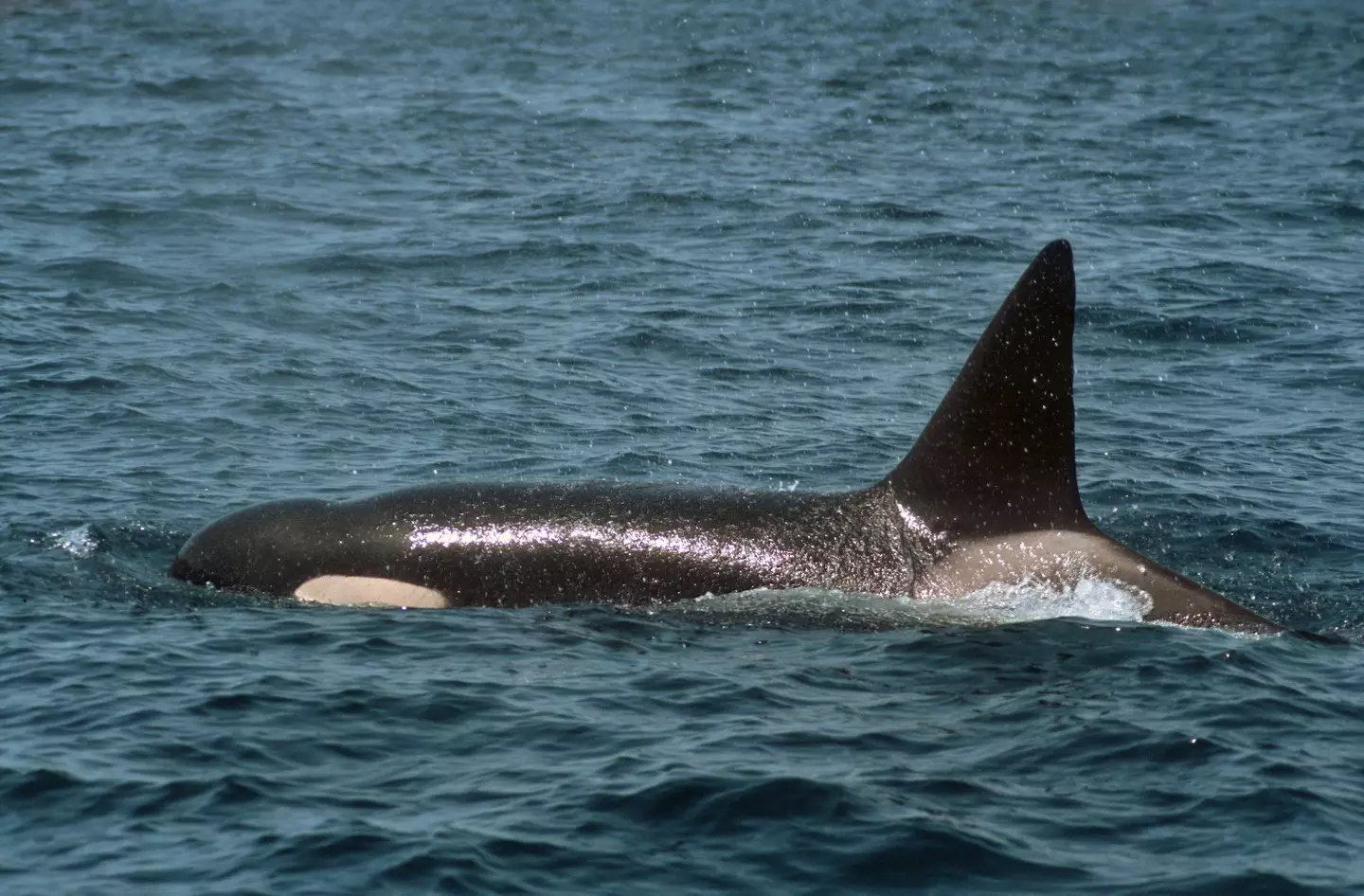
"Killer whales interacting with vessels possibly reflect manifestations of play behavior, a well-established trait in these highly intelligent mammals," the BDRI paper states.
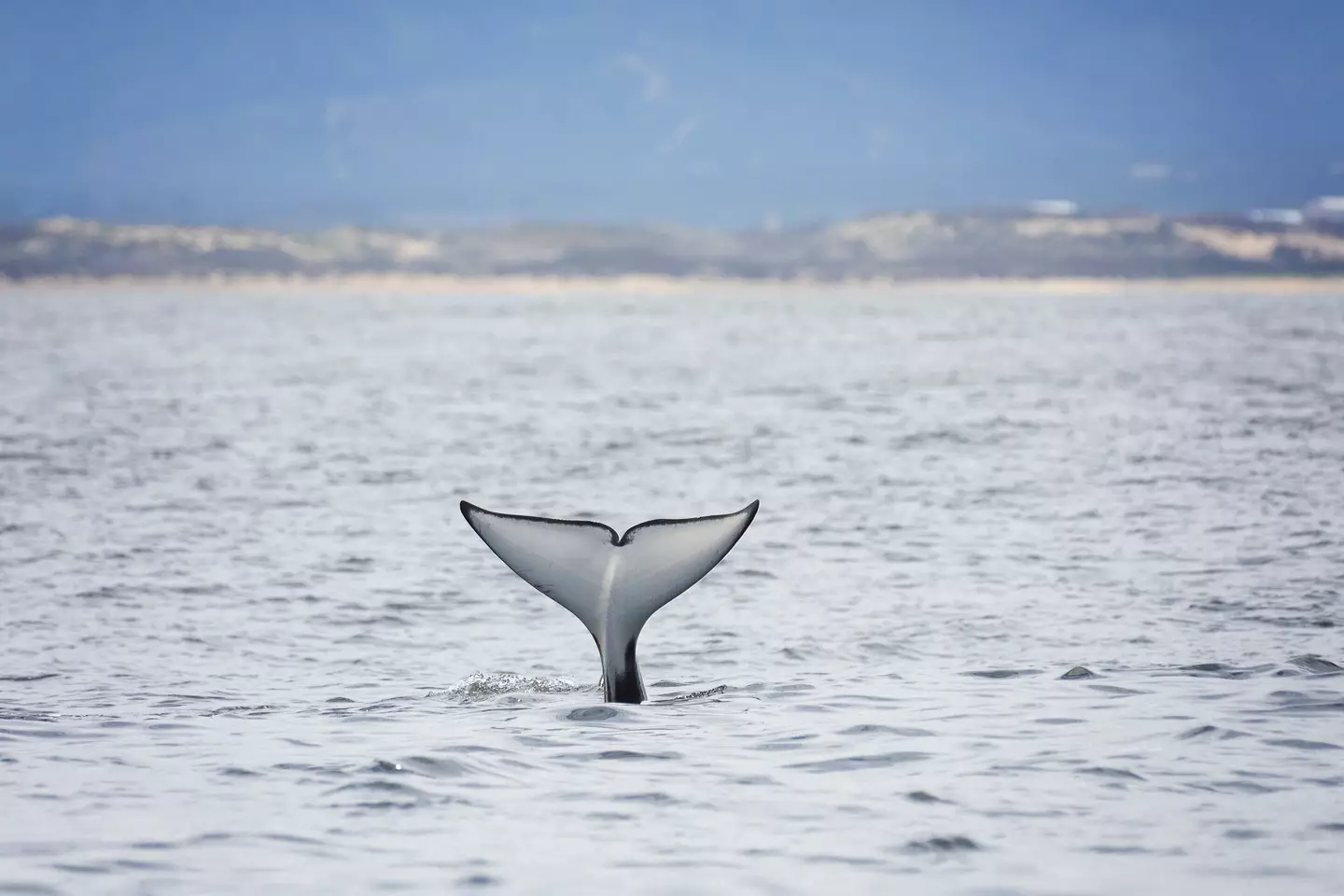

The hellish planet could be continuously creating and shedding its atmospheres Kit Roberts Scientists have figured out a possible explanation for why a hellish planet emits a mysterious signal. The planet , which has the catchy name of 55 Cancri e, is so close to its star that it completes an entire orbit in just 17 hours. Visualization of 'Bermuda Triangle of space' Credit: ESA 0 seconds of 28 secondsVolume 90% Not only that, but some analysis suggests that the planet itself could be made out of diamond. It's named after the star that it orbits, 55 Cancri, and was discovered in 2004. In space terms, it's not too far away either, being about 40 light years away, and has been christened a 'super earth'. Nikku Madhusudhan of Yale University said of the planet: "This is our first glimpse of a rocky world with a fundamentally different chemistry from Earth . " The surface of this planet is likely covered in graphite and diamond rather than water and granite. " Indeed, it's possible as a third of the planet's mass is made up of solid diamond. Nicholas Forder / Future Publishing via Getty Images But one interesting thing about 55 Cancri e. Of diamonds, is the mysterious signal that it has been emitting for decades. and which scientists have been unable to find an explanation for. It is seem, until now . planet's extremely close orbit. leaving the planet once again ' bald ' . , but there is a way for scientists to put it to the test and see if it is indeed regrowing and shedding its atmosphere . permanent atmosphere, or if it was continuously shedding and regrowing it.

That process would also explain why the planet was sending out a continuous signal, which scientists have so far not been able to explain.

When the planet is 'bald', not visible light comes from it either, whereas when it has more atmosphere visible light and other signals start to once again be detected.
Diamonds might be forever, but the atmosphere of this planet certainly isn't.Featured Image Credit: NASA / JPL-Caltech / Joe McNally / Getty Images
Topics: News , World News , Science
Scientists have a terrifying 'hunting' theory for why orcas are attacking boats

Another boat has been attacked by a pod of orcas in Spain Lucy Devine Scientists have a terrifying theory about why pods of orcas have been attacking boats. According to The New York Times, a pod of orcas 'rammed' a sailboat off Spain's northwest coast earlier this week. It's one of over 600 reports made of orcas interacting with boats over the last four years. Another sailboat has been attacked by orcas (Getty Stock Image) The sailboat, named the Amidala, was damaged in the attack, which left the two crew members stranded in the water. After the terrifying incident, the team managed to send a distress call to the Finisterre Maritime Rescue Center and the sailboat - which managed to stay afloat in the attack - was returned back to the shore. It's one of a number of recent attacks by orcas and now, scientists think they are beginning to understand why. One theory claims that the orcas could be using the boats to practice their hunting techniques. Which is a pretty scary thought. Orcas kill great white sharks Credit: Sea Search Research & Conservation 0 seconds of 3 minutes, 8 secondsVolume 90% The Bottlenose Dolphin Research Institute (BDRI) in Spain, which has been keeping track of the rammings over the last four years, has explained why. . This could be a potential reason for the spate of attacks. According to the research, the orca pods in Spain have been preying on Atlantic bluefin tuna. In case you did not know, these fish are absolutely huge and are capable of growing up to four meters long and 907 kilograms in weight. They're also incredibly fast which in turn, makes them harder for the orcas to catch. One theory suggests the orcas are practicing their hunting (Getty Stock Image)Essentially, the concerning theory suggests that the pods of orcas are using the sailboats to practice their technique.

"Killer whales interacting with vessels possibly reflect manifestations of play behavior, a well-established trait in these highly intelligent mammals," the BDRI paper states.

“Play provides opportunities for marine mammals to develop and refine both cognitive and physical skills.
“During interactions with vessels, killer whales have been documented engaging in diverse actions, such as strokes, corporal lever movement, and biting of varying intensity.
"These behaviors could potentially serve as an exercise for killer whales, where vessels act as stimuli for play, fostering cooperative techniques, preparing for pursuits of [Atlantic bluefin tuna], and facilitating improvements in motor skills, ultimately simulating hunting techniques."
In the paper, which has been published in the journal Ocean & Coastal Management, the researchers explain that more needs to be done to fully understand why this is happening and what can be done moving forward. Featured Image Credit: Getty / Martin Ruegner / Chase Dekker Wild-Life Images
Topics: Animals , World News , News
Mysterious ultra-low-frequency sound was heard at the most remote place on Earth.
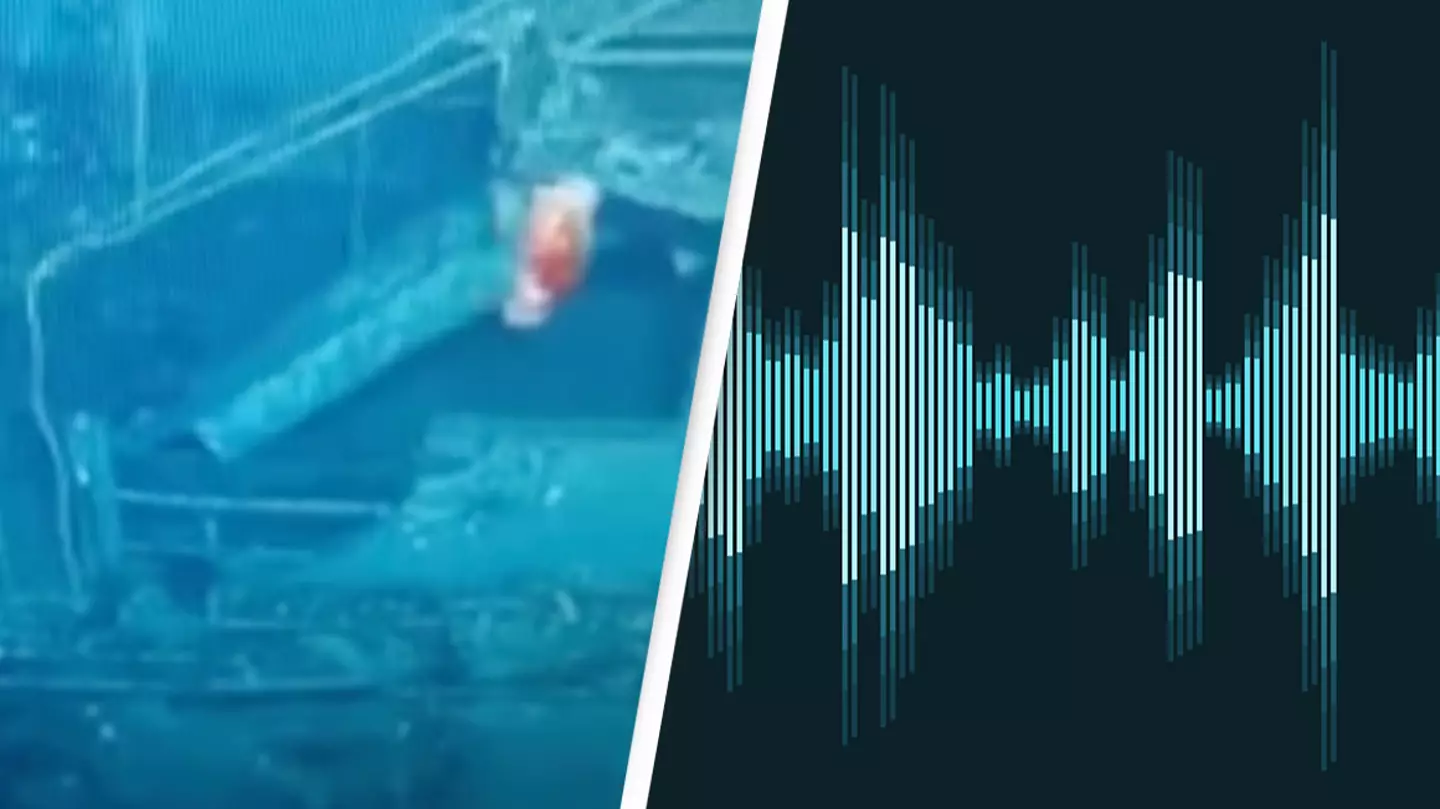
Some believed the sound could signal Nessie wasn't the only monster lurking in the murky depths. Poppy Bilderbeck Scientists reveal what caused a mysterious underwater sound recorded over 20 years ago. In 1997, a strange loud, ultra-low frequency sound was picked up by underwater microphones owned by the National Oceanic and Atmospheric Administration (NOAA) at different listening stations over 5,000km apart.
“During interactions with vessels, killer whales have been documented engaging in diverse actions, such as strokes, corporal lever movement, and biting of varying intensity.
"These behaviors could potentially serve as an exercise for killer whales, where vessels act as stimuli for play, fostering cooperative techniques, preparing for pursuits of [Atlantic bluefin tuna], and facilitating improvements in motor skills, ultimately simulating hunting techniques."
In the paper, which has been published in the journal Ocean & Coastal Management, the researchers explain that more needs to be done to fully understand why this is happening and what can be done moving forward. Featured Image Credit: Getty / Martin Ruegner / Chase Dekker Wild-Life Images
Topics: Animals , World News , News
Mysterious ultra-low-frequency sound was heard at the most remote place on Earth.

Some believed the sound could signal Nessie wasn't the only monster lurking in the murky depths. Poppy Bilderbeck Scientists reveal what caused a mysterious underwater sound recorded over 20 years ago. In 1997, a strange loud, ultra-low frequency sound was picked up by underwater microphones owned by the National Oceanic and Atmospheric Administration (NOAA) at different listening stations over 5,000km apart.
It was the loudest sound ever recorded underwater and had no immediate source - although it was triangulated to a remote point in the South Pacific ocean near the southern tip of South America - and scientists were left baffled over what could've produced it. Pexels / Blaque X A team of NOAA oceanographers led by Dr Christopher Fox immediately launched an investigation into trying to identify the source of the sound - nicknamed the Bloop. Dr Fox questioned the US Navy intelligence to check it wasn't a submarine or bomb detonating and after they denied it being from them, he told CNN: "There are a lot of things making noise down there. Whales, dolphins and fish , the rumblings of the Earth. "

During their investigation, the group ended up being 'particularly interested in blue whales,' Dr Fox explaining at the time that the team believed the whales - 'the largest animals ever' - had 'a migratory path up and down the Pacific Coast' .
Or perhaps there was an unknown monster lurking in the depths?
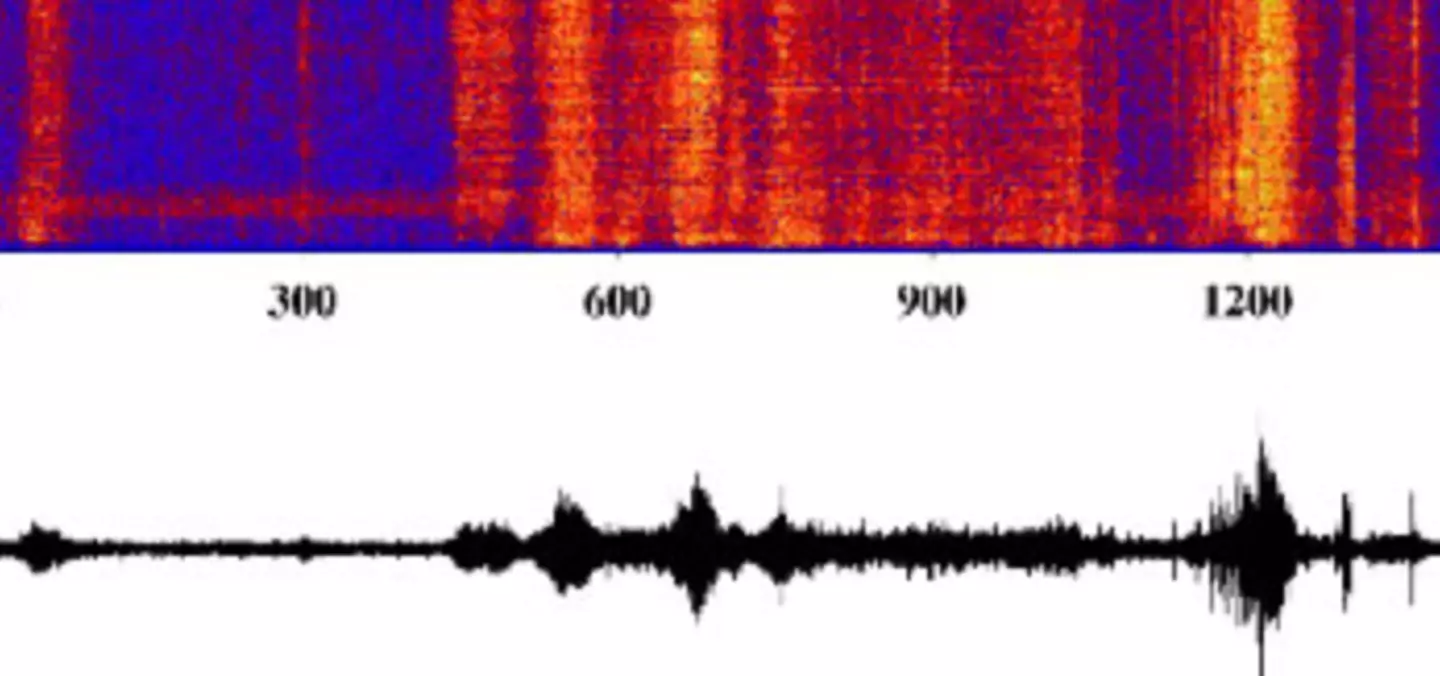
PMEL Acoustics Program
However, after the sound was heard again, ultimately Dr Fox resolved they thought it 'may be related to ice calving' and suspected it was 'ice off the coast of Antarctica'.
Carrying on with Dr Fox's hunch, NOAA and Oregon State University seismologist Robert Dziak told Wired.co.uk that he believed the sound was the result of an icequake - yes, an earthquake but with ice.
Comparing the recording of the noise to 'icequake signals [...] recorded off Antarctica,' Dziak said the 'frequency and time-duration characteristics' between the two were 'consistent' if not 'essentially identical'.
The seismologist explains 'the sounds of ice breaking up and cracking is a dominant source of natural sound in the southern ocean,' a fact determined during a survey of the Bransfield Strait and Drake Passage in 2005 until 2010.
Dziak resolved: "Each year there are tens of thousands of what we call 'icequakes' created by the cracking and melting of sea ice and ice calving off glaciers into the ocean, and these signals are very similar in character to the Bloop." Check out the sound here:
Play
Indeed, a retelling of the story on NOAA's website states: "It was there, on Earth's lonely southernmost land mass, that they finally discovered the source of those thunderous rumbles from deep in 2005.
" The Bloop was the sound of an icequake - an iceberg cracking and breaking away from an Antarctic glacier. "
So, it would seem like it's good news for Nessie, who's time as the most notorious water monster doesn't seem to be in jeopardy just yet.Featured Image Credit: TheAtlantic via YouTube / Getty Images
Topics: Science , Social Media , World News , YouTube , Animals , Environment , Nature
However, after the sound was heard again, ultimately Dr Fox resolved they thought it 'may be related to ice calving' and suspected it was 'ice off the coast of Antarctica'.
Carrying on with Dr Fox's hunch, NOAA and Oregon State University seismologist Robert Dziak told Wired.co.uk that he believed the sound was the result of an icequake - yes, an earthquake but with ice.
Comparing the recording of the noise to 'icequake signals [...] recorded off Antarctica,' Dziak said the 'frequency and time-duration characteristics' between the two were 'consistent' if not 'essentially identical'.
The seismologist explains 'the sounds of ice breaking up and cracking is a dominant source of natural sound in the southern ocean,' a fact determined during a survey of the Bransfield Strait and Drake Passage in 2005 until 2010.
Dziak resolved: "Each year there are tens of thousands of what we call 'icequakes' created by the cracking and melting of sea ice and ice calving off glaciers into the ocean, and these signals are very similar in character to the Bloop." Check out the sound here:
Play
Indeed, a retelling of the story on NOAA's website states: "It was there, on Earth's lonely southernmost land mass, that they finally discovered the source of those thunderous rumbles from deep in 2005.
" The Bloop was the sound of an icequake - an iceberg cracking and breaking away from an Antarctic glacier. "
So, it would seem like it's good news for Nessie, who's time as the most notorious water monster doesn't seem to be in jeopardy just yet.Featured Image Credit: TheAtlantic via YouTube / Getty Images
Topics: Science , Social Media , World News , YouTube , Animals , Environment , Nature


